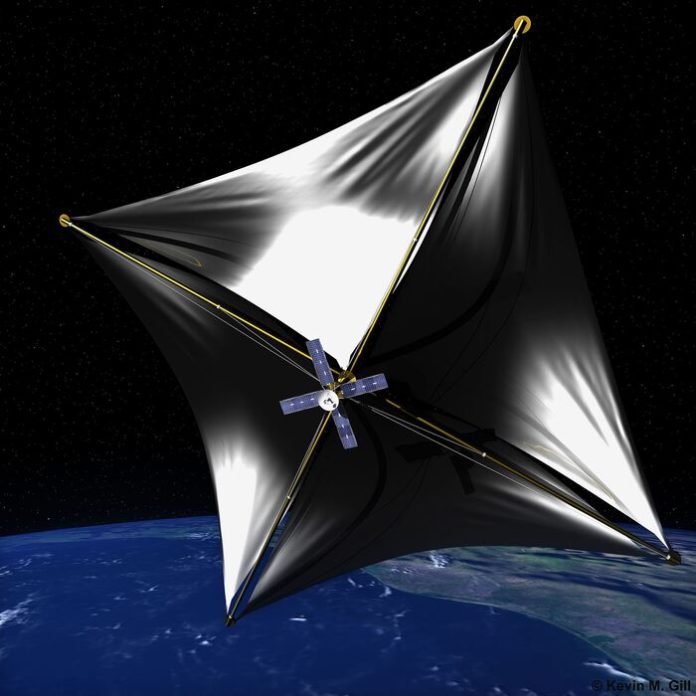While the Artemis 1 mission rocket waits for the Moon to leave, we’re already thinking about the future of lunar exploration, with very specialized low-cost space trucks to transport materials and equipment for the future. In version with a fleet of solar sails. Lunar base.. This hypothesis is, less science fiction than it sounds, on which more research groups in the world are working. The most recent results were presented today in Rome at the opening of the International Conference of Celestial Mechanics (CELMEC) at the University of Rome Tor Vergata.
“For at least ten years we have been studying the orbits of satellites around the Earth, but each time we discover new trajectories and regions with different characteristics and which have different protagonists”, according to the convention. One of the organisers, Alessandra Celetti, told ANSA from the Department of Mathematics of the University of Tor Vergata. “For example, there are regions where the heroes are the Sun and the Moon: we have been discovering them in recent years and each time – he said again – they lead us to completely different frontiers”. Scheduled until Friday 9 September, the conference affirms celestial mechanics as a discipline in which the protagonists remain young people, the researcher observed, and which “continues to maintain a strong identity”.
If until now one of the main tasks of celestial mechanics with respect to the Moon has been identifying optimal orbits for the next mission, the discipline is now preparing to make an even wider contribution based on principles that are cohesive and promising. To open up new possibilities for space exploration.
“Solar sails can be used to reach the Moon and transport useful materials to a future base. The journey will certainly take at least six months,” Seletti said. “We are studying – he continued – the low-cost trajectories affected by the Sun and the Moon and those that could be exploited in the future”. For years, the expert said, “we have been working on a feasibility study on this technology, which could become a reality in a short period of time”. The projects are being studied in Italy, at the University of Tor Vergata, and in particular at the Spanish Polytechnic University of Catalonia in Barcelona and the Scottish University of Glasgow.
Solar sails could therefore be used in missions closer in time and space than the futuristic ones proposed by the American Breakthrough Initiatives, which aim to send a fleet of them on a four light-year journey towards the nearest star, Proxima Centauri. The ambitious goal is to seek out any number of life forms. Less visionary and perhaps more viable in the short term, the new projects being studied aim to make solar sails “an economical means of space transportation, as they use not fuel. but the power of the sun. They promise – Seleti ended – to be the future”.

Coffee enthusiast. Travel scholar. Infuriatingly humble zombie fanatic. Thinker. Professional twitter evangelist.







